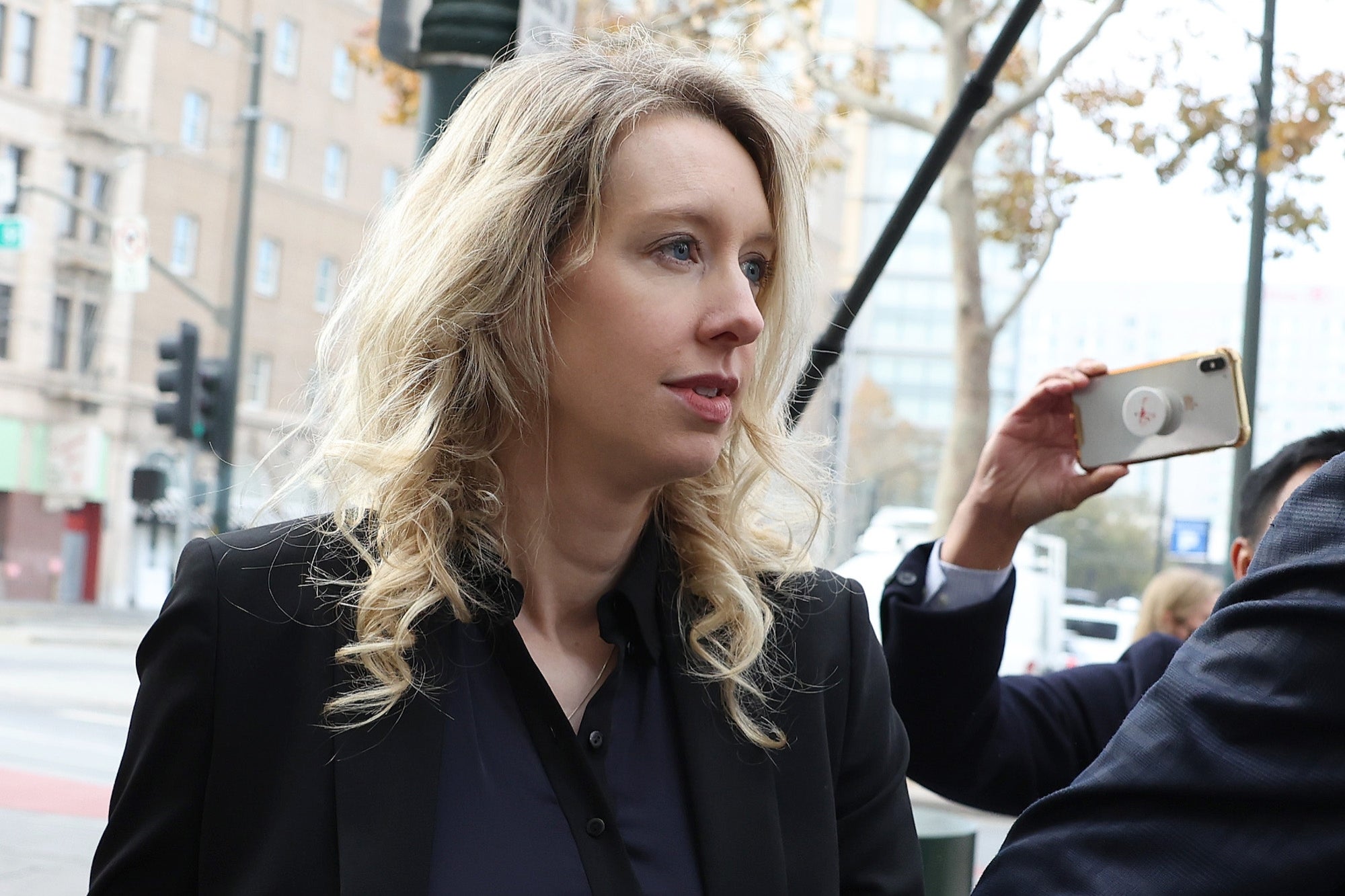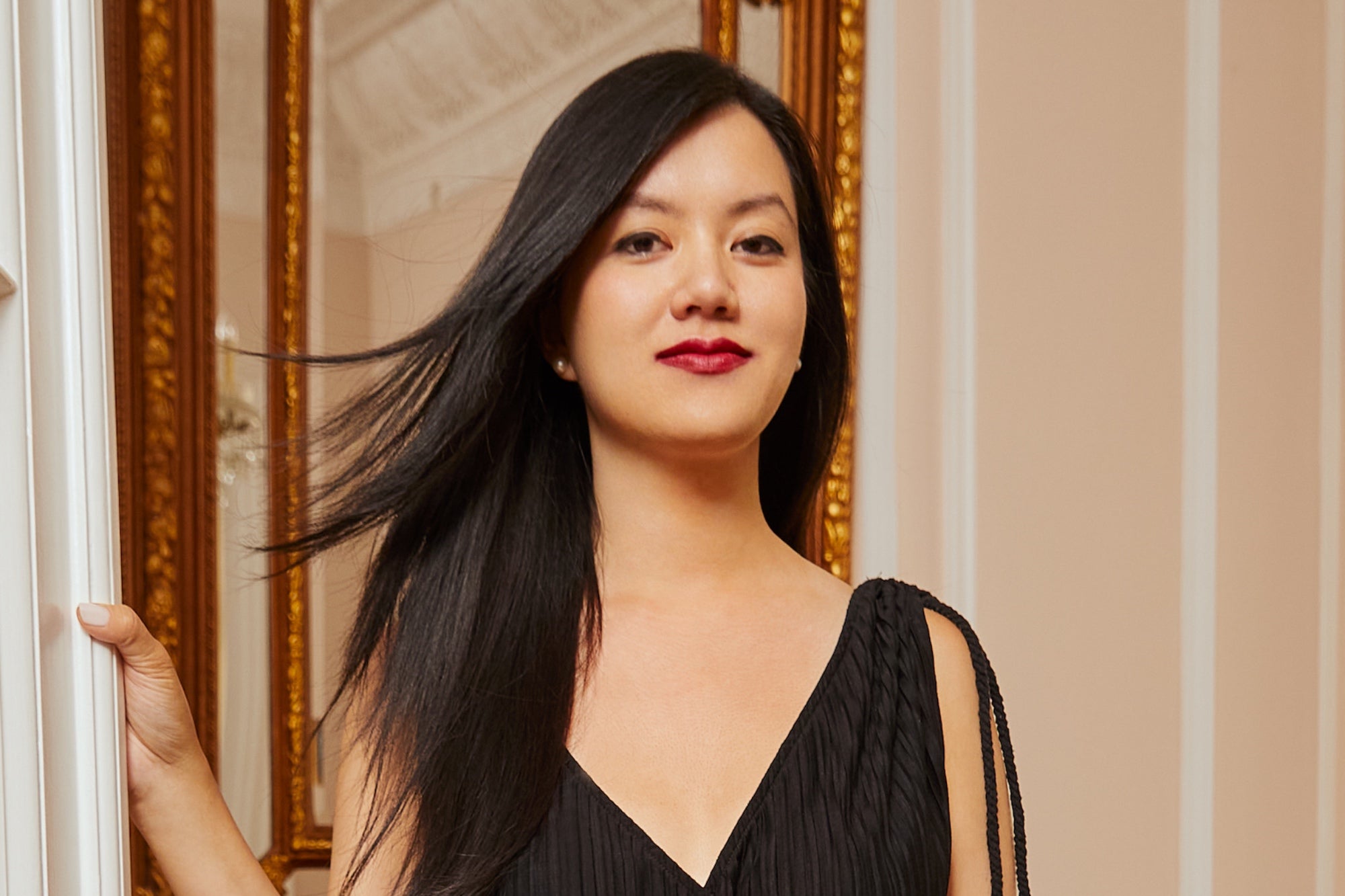Top 7 Ways to Cultivate Creative Excellence with AI
Today's world of work is moving fast, and the most successful leaders have a laser focus on the future, one in which change is constant and inevitable. And as technology and automation continue to transform the way we work, that future is nearer than ever before.
Opinions expressed by Entrepreneur contributors are their own.
In a time when the pace of change is accelerating, the presence of creative excellence for businesses is crucial for success. However, it is easier said than done. Creative excellence with humans alone has its setbacks, preventing it from reaching its full potential.
That's where artificial intelligence comes in. AI is an extraordinary force for creative excellence. The power of AI to improve creativity is just beginning to be tapped. It can help artists and designers create on a previously unimaginable scale and transform how we interact with creative content. AI can also make creative workflows more efficient and effective by removing menial tasks from the creative process, uncovering new insights about what people want to see and using data to make content more compelling for audiences.
A new frontier of creative possibility lies at the crossroads of creativity and technology. It's an exciting time to be creative — the doors to innovation are open, and those with bold visions stand to gain the most.
The tools that have facilitated our determination to be in control of everything are now helping us break out of our molds and explore uncharted territory, leading us to all sorts of possibilities that we would never have stumbled upon on our own.
We can now use AI in tandem with human intelligence to create works that defy conventional categorization and redefine what it means to be creative in today's world. Here's how to cultivate a culture of creative excellence with AI for your business.
Related: This Is How AI Content Marketing Will Shake Up 2022
1. Transform creative workflows with intelligent technologies
Artificial intelligence (AI) enables a new era of creative excellence that will transform creative workflows, unleash new value and create new competitive advantages. By providing deep insights into customer desires and needs, AI can help companies rapidly prototype and test concepts to identify which ones most resonate with consumers. It can also aid in executing campaigns and measuring the results, enabling continuous optimization against marketing objectives.
The cognitive tools that make up artificial intelligence can transform creative workflows. Cognitive technologies can amplify human creativity by enabling creative professionals — such as designers, writers and filmmakers — to spend less time on repetitive processes or tasks that require rote memory and instead focus on higher-value, more imaginative work.
Related: 5 Ways Artificial Intelligence Is Radically Transforming Creativity in Business
2. Deep learning to enhance creativity
Creative expression involves generating new ideas, which has always been understood as an inherently human skillset. But a growing number of research projects are demonstrating that deep learning, an advanced machine-learning technique, can be used to model and simulate many aspects of human creativity. One example is Project Magenta, an initiative by Google Brain researchers to use machine learning for creating music and art and also teach computers how to make compelling art on their own. Another example is the automated content creators, which use algorithms to generate different kinds of text based on a computer-learned model of an author's style.
And while these projects haven't yet reached the point where they can effectively create truly original works without human assistance, they provide valuable insights into how you can enhance creative output through technology.
3. Turn big data into rich insight
Data is a double-edged sword for marketers: it provides insights into consumers' activities and preferences, but it can be time-consuming and costly to sift through it manually. Machine learning algorithms have made it easier to analyze data, turning it from raw numbers into actionable insight. Advances in natural language processing now mean that you can present this insight in easier ways for humans to understand and use.
4. Content generation
Writing is often seen as a purely human activity, but AI systems are increasingly being used to write articles on their own — some are even capable of generating full stories. The technology can scan thousands of pages in seconds and then use what it learns to generate content that mimics a human writer's style.
Related: Top 5 Ways AI Can Enhance Your Content-Creation Process
5. Recommend intelligent paths forward
You can apply AI to creative workflows in many ways, from enhancing production processes to informing decisions about what content will resonate with consumers. With AI-powered tools, marketers can create more relevant, targeted campaigns by analyzing large amounts of data — such as market research, customer profiles and brand performance metrics — to predict consumer behavior and recommend which messages will influence them most effectively. This kind of technology enhances strategy by providing real-time guidance based on what has worked in the past and helps brands anticipate consumer needs before they arise.
6. Develop new creative assets
Traditional market research methods can be time-consuming, expensive, and difficult to scale when developing new creative assets. Cognitive technology leverages natural language processing and machine learning technologies to quickly ingest large amounts of unstructured data — reviews, social media posts, news articles — and identify patterns and trends that help brands understand their customers' desires better. Marketers can then use these insights to develop messaging that resonates with consumers.
7. Reveal talents in unexpected places
The creativity of the human mind is a uniquely powerful resource but one that has historically been difficult to harness effectively. With the aid of AI technologies, however, talent can be identified and nurtured in previously overlooked places, thereby opening new opportunities for creative professionals who once faced barriers.
Suppose these are indeed the early days of a creative renaissance driven by AI. In that case, it's already clear that the changes brought about by this technology will extend far beyond how individuals work and collaborate. It will also revolutionize how we recruit and reward employees across all industries.
Related: The Complete Guide to AI for Businesses and How It's Making a Difference
No matter where you fall on the spectrum — whether you're a traditionalist who sees AI as a threat to your livelihood or an innovator who sees it as a tool for exciting new opportunities — it's important not to let the fear of change hold you back from exploring the possibilities that lie ahead. Be open-minded about the potential for creativity, even if it looks different than what you're used to. After all, when we look at the current developments in art and technology, we see just how much can happen when creative people think outside the box.













